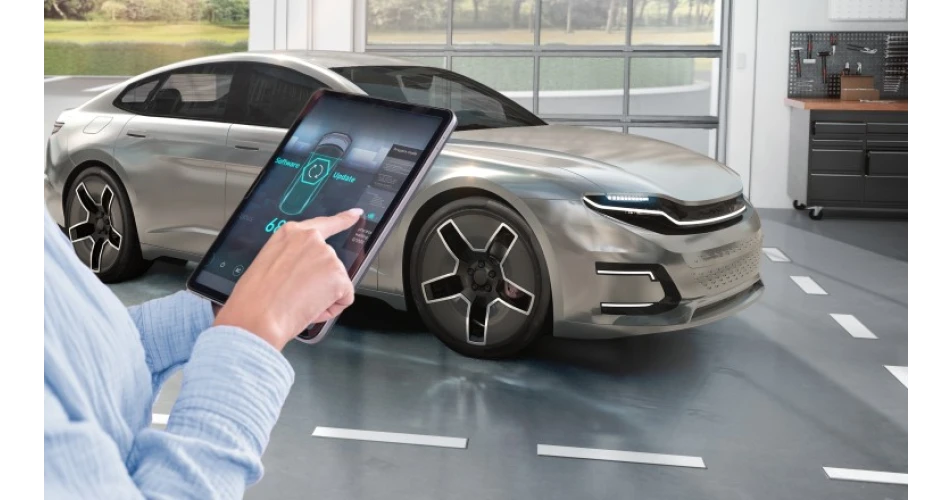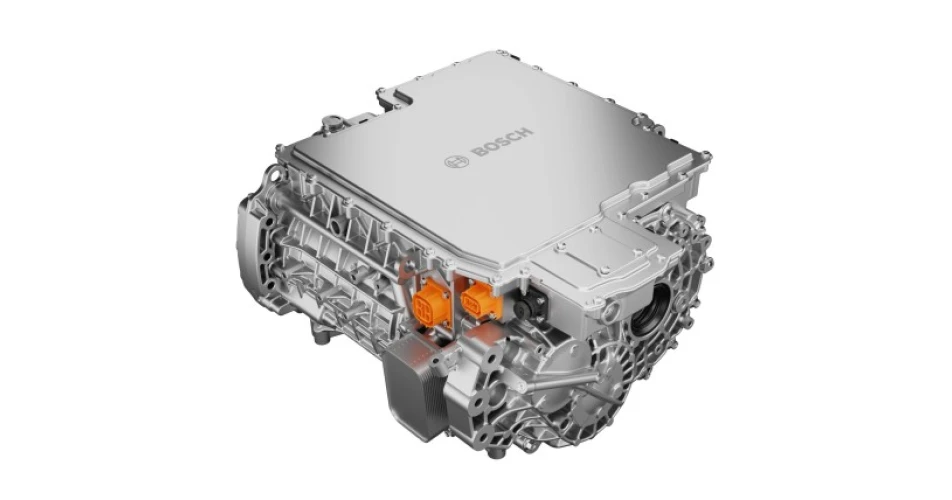Bosch has provided a glimpse of the automotive future by showcasing its latest solutions for connected and intelligent transportation systems at IAA Mobility 2025 in Munich. The global technology company was unveiling new innovations that will shape the future of the driving experience and have a massive impact on the future service and repair sector.
Some of the highlights on display included:
Next generation driver assistance systems utilising End-to-End AI architecture: Bosch is the preferred choice of ADAS for many car makers and offer flexible packages of software and hardware. Latest versions have been enhanced with connected map services and crowd base solutions to provide additional system information.
Sensors for precise surround sensing: An advanced offering of camera and radar sensors, providing manufacturers precise data and unrivalled flexibility. Bosch has also developed the latest generation of especially powerful MEMS inertial sensors which provide several systems at once with required data.
New standards for Bluetooth-based tyre pressure sensors: With the Bosch SMP290, safety and energy efficiency go hand in hand. This offers a compact design, low power consumption, long life, and one-of-a-kind integration of acceleration and pressure sensor as well as ASIC including Bluetooth on one chip.
Bosch solution for damage detection: A system that accurately detects even minor damage to the vehicle, both while driving and when parked. Small damage detection registers shocks that are below the threshold for airbag deployment, storing the relevant data.
Act-by-wire technology: These systems transmit the driver’s steering and braking commands purely electronically. They are highly relevant for software-driven mobility, especially for the personalisation of vehicle dynamics and handling, and for higher-level modes of automated driving.
Other innovations included: new braking and steering systems for greater flexibility, new software system solutions for vehicle dynamics, including an anti-motion sickness software function, new powerful centralised computer functions, new communication infrastructure, with faster data transmission, silicon-carbide semiconductors, oil-cooled Bosch e-axles, bidirectional charger converters, a new generation of inverters featuring power modules and semiconductors as well as innovative inverter topologies and intelligent charging software.
New thermal management solutions for optimised battery temperature were also presented along with new energy management software and the development of a 48-volt lithium-ion battery.
Also, demonstrating how advanced Bosch technology is available in the aftermarket right now, the company highlighted how Tesla has recently been added to its ESI[tronic] diagnostic program:. This provides independent workshops with direct access to official Tesla diagnostic data, with a Bosch developed translation function into several languages.

